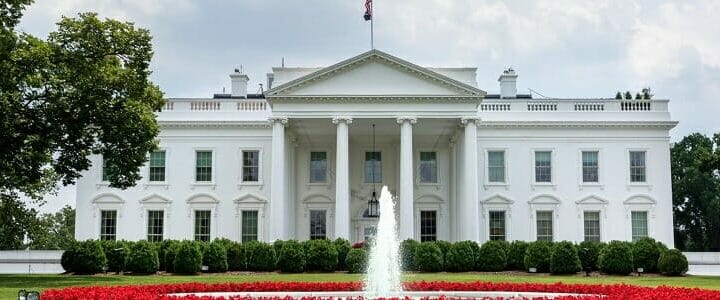The White House has kept security clearance topics in the news. There has been vigorous debate about whether Jared and Ivanka, John Brennan, or even President Trump himself should be allowed to have one. Unfortunately a lot of these arguments stem from a misunderstanding of the security clearance process and who’s ultimately in charge of it. The final authority on security clearances lives at 1600 Pennsylvania Avenue – the President of the United States.
What does that mean? When it comes to who gets a clearance – or who has theirs taken away – the President is the final authority. This authority has its roots in the Constitution and has been upheld in the past by the Supreme Court. Security clearance policy comes from executive orders issued by the president.
So then, who gets a clearance and which retired senior advisors get to keep theirs after leaving their position? That is generally managed by individual executive branch agencies like the CIA and FBI. The president’s decision to give someone a clearance or take it away has largely been dictated by precedent. In the past, no president has made those decisions unilaterally – but that doesn’t mean he can’t. Congress would likely have to pass new legislation in order to take that right away.
The White House is in the midst of an overhaul of the federal government. Likewise, the security clearance investigations process is being turned over from the Office of Personnel Management (OPM) to the DoD. These shifts are likely to include changes to the personnel security program. Keep your eye out for more changes concerning who conducts security clearances, or even updates to security clearance eligibility rules. Any of those changes can be made by the president’s written or spoken mandate.




